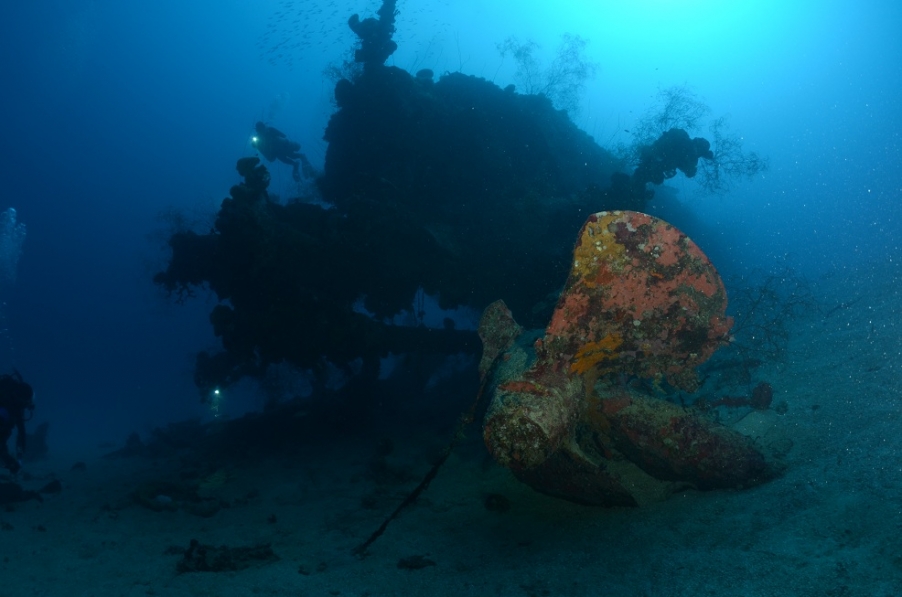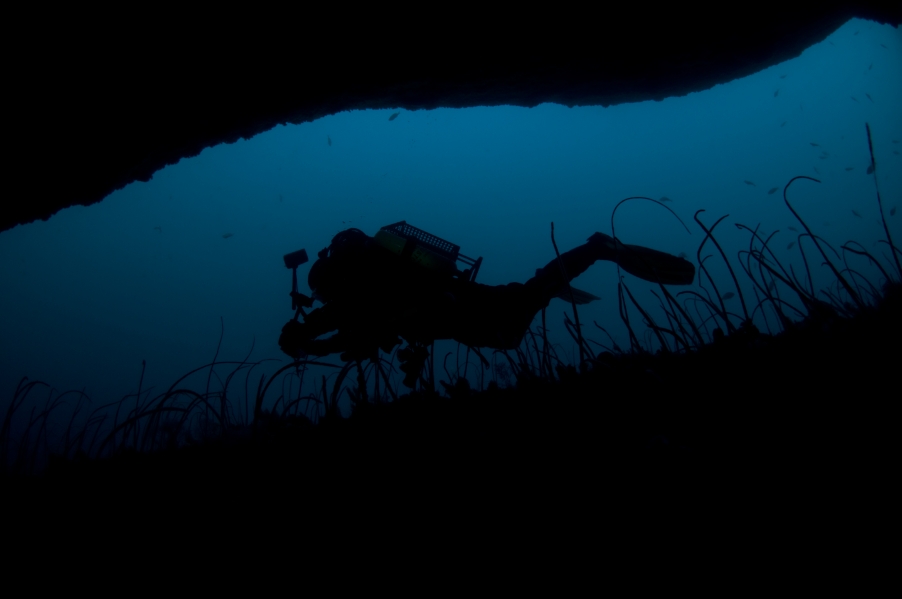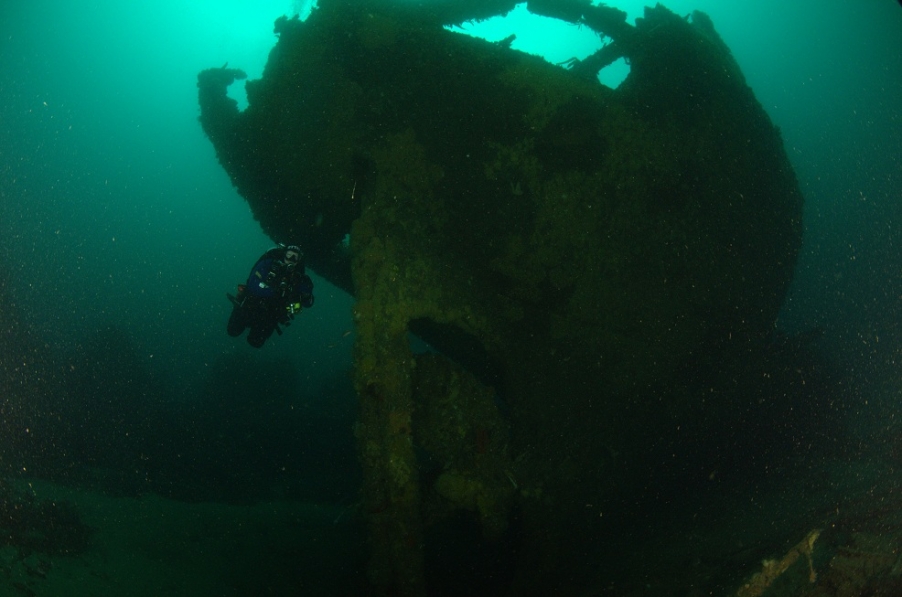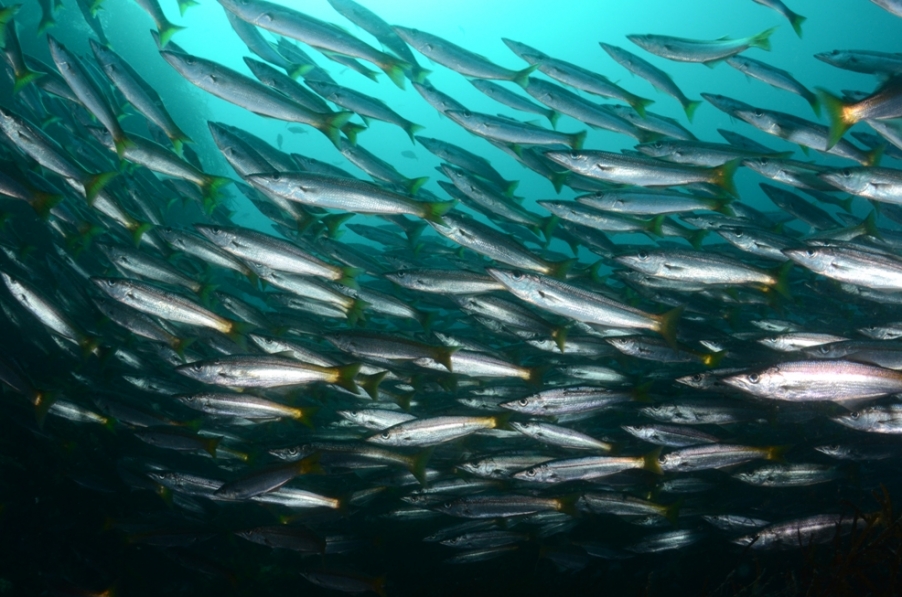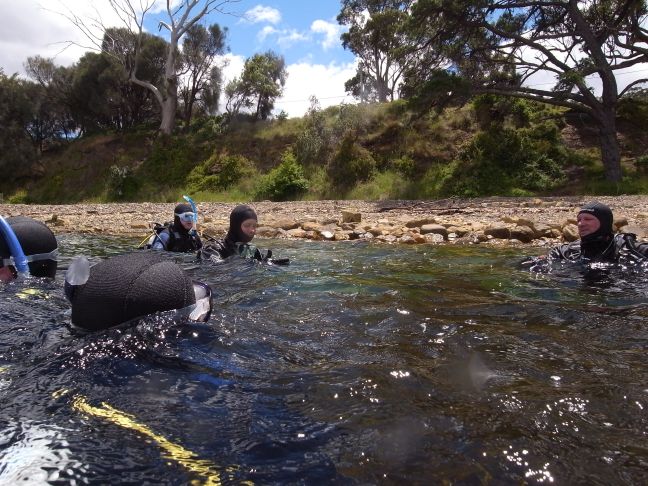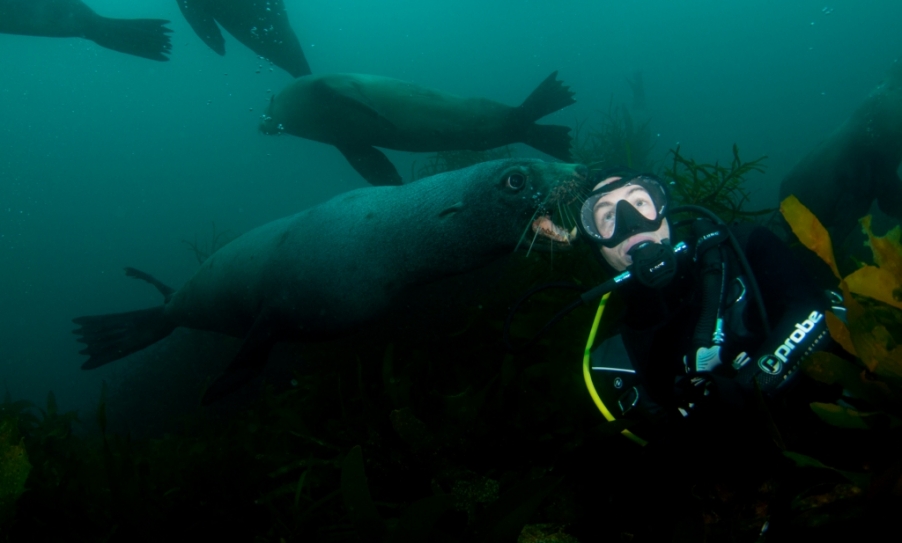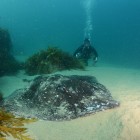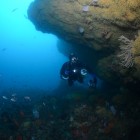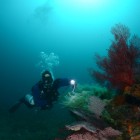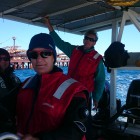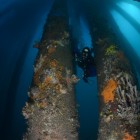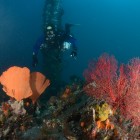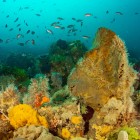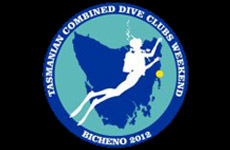Latest Dive Reviews
Jan 25, 2017 - Sister Beach/ Rocky Cape![]()
![]()
![]()
![]()
![]()
"For an extended Australia Day long weekend, seven members made the long drive to Sisters Beach to dive the Sisters Beach and Rocky Cape area, an area the club had not been for around eight years. Following the 360klm journey we checked into the Boulevard Beach House for the weekend which we found suited us very well with four bedrooms, three bathrooms, spacious kitchen and living area, plenty of space to park the boat and cars and a large shed out the back to keep dive gear and set up a tank filling station. On the trip were Andrew G, Janine Mck and Rick, Michael and Juanita S, Angela J, Stefan S and Bronwyn, and James P. We were to be joined by Wayne but he called to say he had broken down in Swansea and would not make it.
Weather was generally pretty good with the wind predominately from the west to south west often picking up to 20knts in the afternoon, though with no swell of any kind. This allowed us to dive most of the locations we had in mind, though had to pick our timing to get out to the Outer Reef located around 1.5nm off Rock Cape. We could not dive the wreck of the Southern Cross as we could not seem to time weather conditions and tides. Water temperatures were a bit cooler than expected at around 16 degrees, which took us by surprise. Vis was generally good at around 15-20m.
The long weekend kicked off on Wednesday with Janine and I (James) heading across to Stanley once we had checked in to our accommodation to do the Stanley Break Wall shore dive. This is a very nice dive, one of the best shore dives you can do in Tas. Entry is off the northern side, though it helps if the tide is high as it is a bit of scramble down over large boulders to the water edge at low tide. A highlight of this dive was the numerous large Whitley's skates seen resting on the sand along the reef edge, I counted eight for the dive. Out off the eastern end of the break wall the depth gets to around 18m and a current can be felt wrapping around the end, here fish life is very abundant and a buzz of activity, comprising of many large bastard trumpeter, sweep, barber perch, magpie perch wrasse and a number of boarfish to name a few. Here the break wall is carpeted in colourful sponge and other invertebrate life including the occasional large red gorgonian fan, making this part of the dive quite spectacular.
Much of the diving was concentrated on the Sisters Beach and Rocky Cape area, a number of dives were done on the Magic Castle out off Sisters Island. This is a large bommie that rises up from a depth of 25m at an angle of 45 degrees to around 10m, with the shaded underside being packed with a vibrant colour and a hive of fish activity. Out beyond the bommie in 25m, other smaller bommies can be found as well as a vast sponge bed. Another dive we did in the area was near Shag Rock east of Sisters Island, where a number of rocky spires can be found running north of the rock creating some interesting terrain for diving.
A couple of trips were made out to Rocky Cape where the spectacular Outer Reef was dived along with Seapen Point. The Outer Reef is a must do in the area, where a pinnacle that dries at low tide drops straight down into 20m with large colourful overhangs and a great variety of fish life, the reef then sloping away over sponge beds down to 26m. Seapen Point was a rather unusual dive, out on the sand off the point some very large sea pens can be found, some standing 30-40cm high. We did a couple of dives here to locate the sea pens, some had better luck than others.
On the last day (Sunday) four of us dived the end of the Port Latta wharf after getting permission from Grange Resources prior to the trip. We had been looking to dive the Wharf on the Friday or Saturday but the stiff westerly winds which were often forecast prevented us from making the long boat trip from Sisters Beach to Port Latta. On our last day the weather came good for the trip. Diving the wharf was certainly an interesting experience, visibility was good at around 20m and with a water depth of 18m it was quite spectacular descending down the long pylons to the seabed. On the bottom fish life was surprisingly sparse, with some of the usual reef species including wrasse, barber perch, leather jackets, small boarfish, goat fish, gurnards and cod. No significant schools of fish were seen swimming amongst the pylons, other than a large school of puffer fish. The pylons themselves were very colourful encrusted in sponges and some small red gorgonians. On the bottom small patches of reef shaded by the wharf structure were dominated by colourful invertebrates which were quite interesting to poke around, along with the usual rubbish associated with such an industrial environment. Much of the bottom under the wharf was covered in iron ore pellets spilt from loading operations which also formed some large mounds. Much thanks must go to Grange Resources for allowing us to dive the wharf.
Over all a great five days of diving, hopefully it won't be another 8 years before we make it back to this magnificent part of Tasmania.
"
By James P
Who Dived it?






